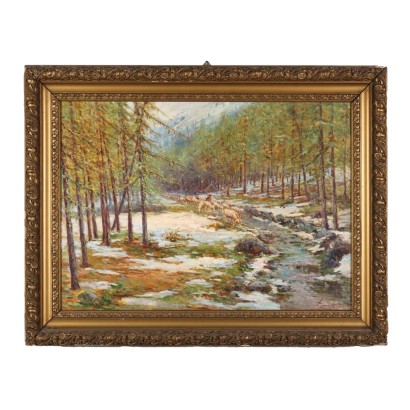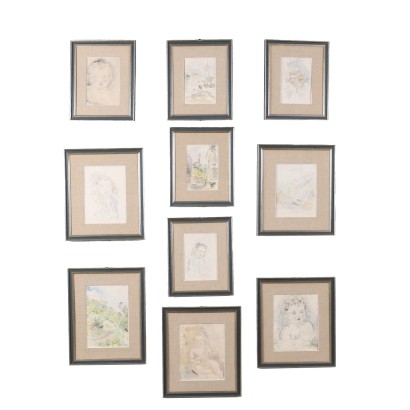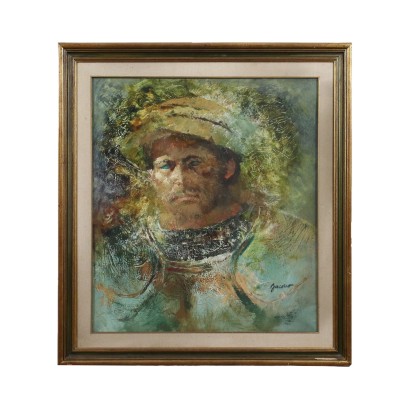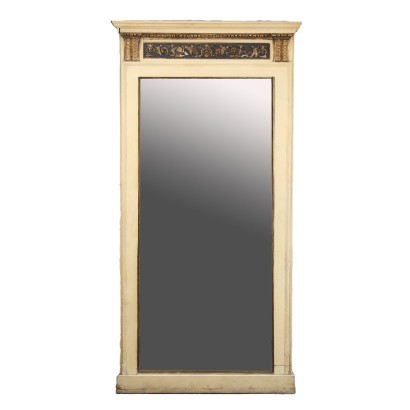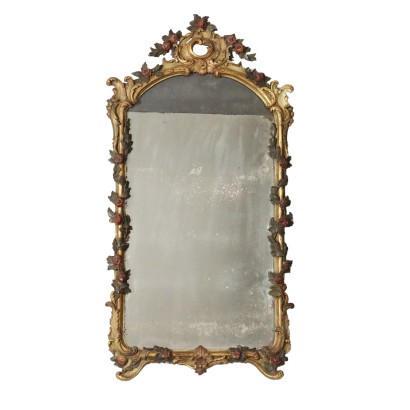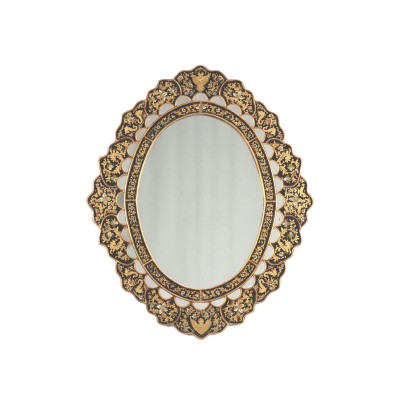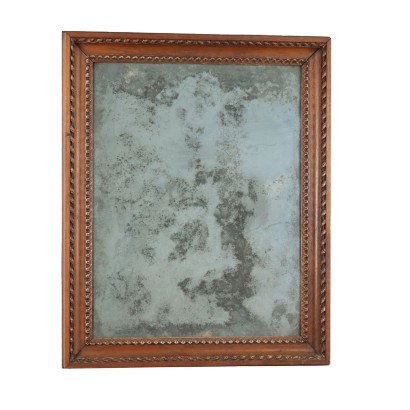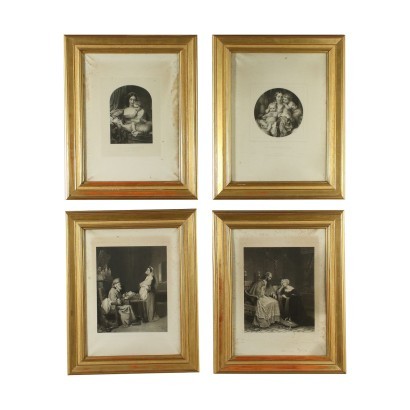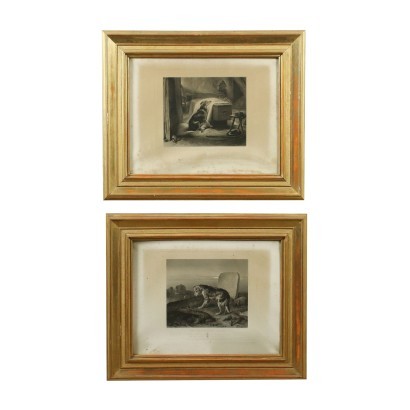L. Crotti Oil on Canvas Italy XX Century - Landscape with Sheeps and Shepherds
Features
Landscape with Sheeps and Shepherds
Artist: Lucia Crotti (1877-1960)
Artwork title: Paesaggio con pecore e pastori
Age: 19th Century / 1801 - 1900 , 20th Century / 1901 - 2000
Subject: Landscape
Origin: Italy
Artistic technique: Painting
Technical specification: Oil on Canvas
Description : Paesaggio con pecore e pastori
Oil painting on canvas. Signed lower right. An Alpine winter landscape, with sheep drinking from the stream in the middle of the pine forest, rendered with brushstrokes and thick, almost material chromatic mixtures, typical of the painting of Lucia Crotti, an artist from Monza who specialized in landscapes. The work is presented in a frame from the early 1900s.
Product Condition:
Product in good condition, shows small signs of wear. We try to present the real state as fully as possible with photos. If some details are not clear from the photos, what is reported in the description will prevail.
Frame Size (cm):
Height: 85
Width: 110
Depth: 7
Artwork dimensions (cm):
Height: 65
Width: 90
Additional Information
Artist: Lucia Crotti (1877-1960)
Born in Monza in 1877, Lucia Crotti after attending the Brera Academy of Fine Arts in Milan, moved to the Ligurian Riviera in the early years of the century where she had her first contacts with the cultural circle of the Hanburys. In 1930 he settled in Bordighera. In 1906 he exhibited at the National Exhibition of Fine Arts in Milan; in 1907 he took part in the LX Exhibition of the Promoting Society of Fine Arts in Florence; in 1908 at the Promoting Society of Fine Arts in Genoa, which he attended until 1917. He also exhibited in Turin and in France. Age:
19th Century / 1801 - 1900
19th Century / 1801 - 1900
20th Century / 1901 - 2000
20th Century / 1901 - 2000
Subject: Landscape
Artistic technique: Painting
La pittura è l'arte che consiste nell'applicare dei pigmenti a un supporto come la carta, la tela, la seta, la ceramica, il legno, il vetro o un muro. Essendo i pigmenti essenzialmente solidi, è necessario utilizzare un legante, che li porti a uno stadio liquido, più fluido o più denso, e un collante, che permetta l'adesione duratura al supporto. Chi dipinge è detto pittore o pittrice. Il risultato è un'immagine che, a seconda delle intenzioni dell'autore, esprime la sua percezione del mondo o una libera associazione di forme o un qualsiasi altro significato, a seconda della sua creatività, del suo gusto estetico e di quello della società di cui fa parte.
Technical specification: Oil on Canvas
The oil painting is a painting technique using powder pigments mixed with bases in inert and oils. Other customers have searched:



